I haven’t kept up the monthly posting like I’d hoped, but I’m so freaking impressed with myself. I may not have posted much on this blog, but I read my ass of this year and finished Book Riot’s Read Harder Reading Challenge. I had most of it done in mid-November, but it took me a while to find the one remaining book—a picture book—to finish it off. I also finished my Goodreads challenge, but it wasn’t quite as… challenging.
For Goodreads, I set my goal to 120 for 2024, basically allowing for reading 20 picture books and still reading 100 non-picture book books. But it ended up not being picture books that helped me top that number, but rather graphic novels. I read several, but went on a major cat manga kick (though I read some other great non-manga stuff, too).
For the Read Harder Challenge, there were 24 books meeting specific topic etc. criteria, and I managed to get them all. I did change a few of the books from what I said I would in the January post, though I mostly stuck with the plan. Here’s what I read:
Cat Massage Therapy, Vol. 1 by Haru Hisakawa (a manga or manhwa) - very cute, easy read
The Deep & Dark Blue by Niki Smith (a middle grade book with an LGBTQIA main character) - a nice little fantasy about family and gender
The Cat Who Saved Books: A Novel by Sosuke Natsukawa & Louise Heal Kawai (a book about books (fiction or nonfiction)) - I admit that I not love this book - I think it too much on-the-nose philosophy for me
This One Summer by Mariko Tamaki & Jillian Tamaki (a comic that has been banned) - a slightly surreal queer story dealing with abuse (the fact that it was banned is idiotic)
Charming as a Verb by Ben Philippe (a book based solely on the title) - a nice story about a couple of high-achieving Black kids in a sea of rich white kids
Ophie's Ghosts by Justina Ireland (a middle grade horror novel) - I loved this book—it’s very different from the author’s Deathless Divide series (as in it’s MG-appropriate), but it deals with some tough topics about race and history in a meaningful and informative way (it’s sadly relevant today given the efforts southern states have been going to to suppress Black people’s votes)
Act Your Age, Eve Brown by Talia Hibbert (a romance with neurodivergent characters) - I’ve loved every book in this series and this was no exception
"You Just Need to Lose Weight": And 19 Other Myths About Fat People by Aubrey Gordon (a book recommended by a librarian) - all very true, and a bit depressing, but there is some hope there, too
The Art of Saving the World by Corinne Duyvis (a genre book (SFF, horror, mystery, romance) by a disabled author) - this was an interesting multi-dimensional YA sci-fi
No Straight Lines: Four Decades of Queer Comics by Justin Hall (Editor) (a book about drag or queer artistry) - most of it was new to me, but an interesting look at queer comics over the decades
Rob Anderson’s Gay Science event in April (a book by an author with an upcoming event (virtual or in person) and then attend the event) - this book is so, so funny because it plays with stereotypes, which I love as long as it’s not mean (and it’s not mean)
The Many Half-Lived Lives of Sam Sylvester by Maya MacGregor (a YA book by a trans author) - this was a really unusual story that I ended up loving, although it did take me a little bit to get into it
“The Lifecycle of Software Objects” by Ted Chiang (a sci-fi novella) - this was interesting and thought-provoking without being overwhelmingly so (I did also read All Systems Red by Martha Wells, my original intended read for this category)
Maud's Line by Margaret Verble (a historical fiction book by an Indigenous author) - I loved this book about a young Cherokee woman in northeast Oklahoma making not-the-best choices while working hard to both find her purpose and keep her family together
Algorithms of Oppression: How Search Engines Reinforce Racism by Safiya Umoja Noble (a book about media literacy) - a great study of Google’s prejudiced results along with a good discussion of what we can (and should) do about it
Code Name Badass by Heather Demetrios (a YA nonfiction book) - another biography of the truly badass American WWII spy, Virginia Hall
Chronicle of a Death Foretold by Gabriel García Márquez & Gregory Rabassa (Translator) (a book in translation from a country you’ve never visited) - so I didn’t love this, but it was short
Caste: The Origins of Our Discontents by Isabel Wilkerson (a history book by a BIPOC author) - this is one of the best books I’ve ever read on any topic (she’s so crystal clear in explaining things that can seem cloudy and/or complex)
White Fragility: Why It's So Hard for White People to Talk About Racism by Robin DiAngelo (a challenge from any of the previous years’ challenges to repeat: A challenge from 2021 (Read a nonfiction book about anti-racism)) - very good
The Loneliness Files by Athena Dixon (a book that went under the radar in 2023) - some interesting musings on being alone, something I’m quite familiar with
Legends & Lattes by Travis Baldree (a cozy fantasy book) - I originally put off reading this because there was so much hype about it on BookTok, but I finally picked it up and accidentally powered through it in two “school nights”
English as a Second Language by Jaswinder Bolina (an indie published collection of poetry by a BIPOC or queer author) - I am not a fan of poetry and probably never will be because just looking at it on paper makes me feel anxious, but these poems talked about some interesting stuff
Clark and Division by Naomi Hirahara (a “howdunit” or “whydunit” mystery) - a good mystery set just after the WWII Japanese internment with
Big by Vashti Harrison (a picture book published in the last five years) - a really nice book about looking within for strength when the world taunts you for how you look
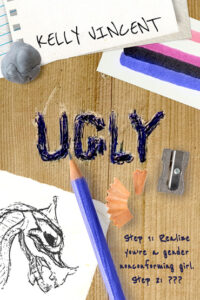
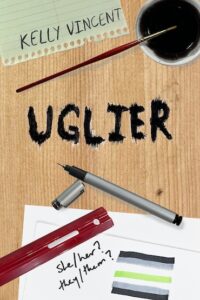
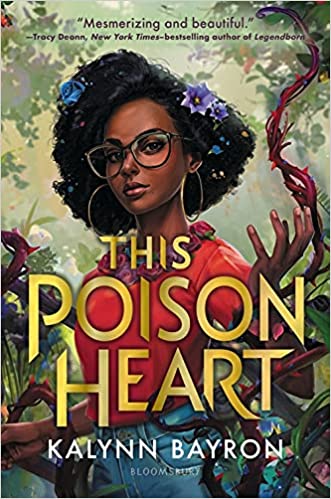 I read this book so fast. Some of you know how I’ve been in a terrible reading slump for over two years and how it’s generally taking me weeks to finish a single book (though I am always reading several at once, but it’s still slowed way down, to what feels like a crawl). So when I say I read this book fast, I mean 7 days, which is a near record for me lately. This was definitely a “couldn’t put it down” book several nights.
I read this book so fast. Some of you know how I’ve been in a terrible reading slump for over two years and how it’s generally taking me weeks to finish a single book (though I am always reading several at once, but it’s still slowed way down, to what feels like a crawl). So when I say I read this book fast, I mean 7 days, which is a near record for me lately. This was definitely a “couldn’t put it down” book several nights.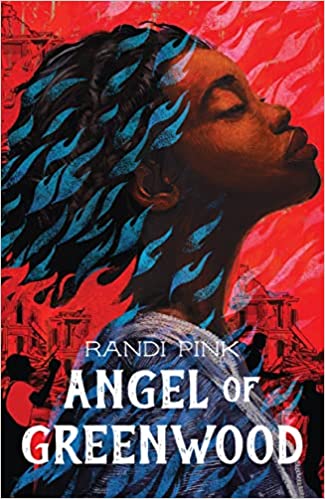 As soon as I knew this book existed, I bought it. It’s set amidst the Tulsa Race Massacre. I have a special interest in that event because I grew up in Tulsa and knew nothing about it until about five years ago. It blows my mind that this is something that was “forgotten.” It makes me so mad, but it fits right in with all the Republicans who are insisting that the unsavory parts of our history shouldn’t be taught in school because it might make some little white kids feel guilty. A little guilt never hurt anyone, and it would make it easier for them to understand their privilege. I think this is actually quite important.
As soon as I knew this book existed, I bought it. It’s set amidst the Tulsa Race Massacre. I have a special interest in that event because I grew up in Tulsa and knew nothing about it until about five years ago. It blows my mind that this is something that was “forgotten.” It makes me so mad, but it fits right in with all the Republicans who are insisting that the unsavory parts of our history shouldn’t be taught in school because it might make some little white kids feel guilty. A little guilt never hurt anyone, and it would make it easier for them to understand their privilege. I think this is actually quite important.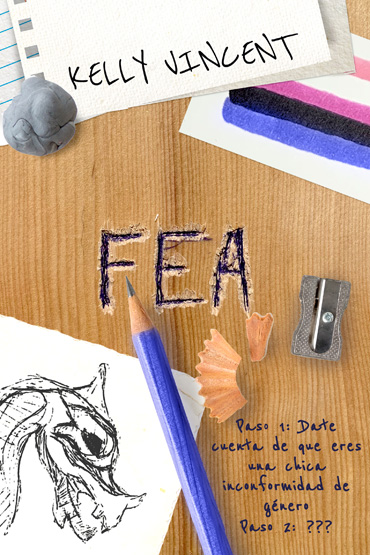
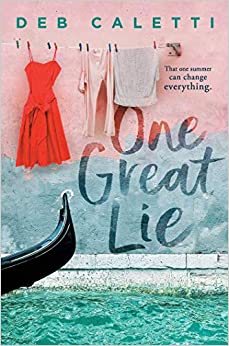 I’ve been in the worst reading slump lately. From early March until a couple weeks ago, I read only one novel, and it was really hard to get through (not the novel’s fault—it was all me). But I’ve been wanting to break out, so I picked up Caletti’s newest. I started it on Friday and was so sucked in that I finished it the next day. It may have broken the slump (I’m hoping), as I’ve read another book since then, too.
I’ve been in the worst reading slump lately. From early March until a couple weeks ago, I read only one novel, and it was really hard to get through (not the novel’s fault—it was all me). But I’ve been wanting to break out, so I picked up Caletti’s newest. I started it on Friday and was so sucked in that I finished it the next day. It may have broken the slump (I’m hoping), as I’ve read another book since then, too.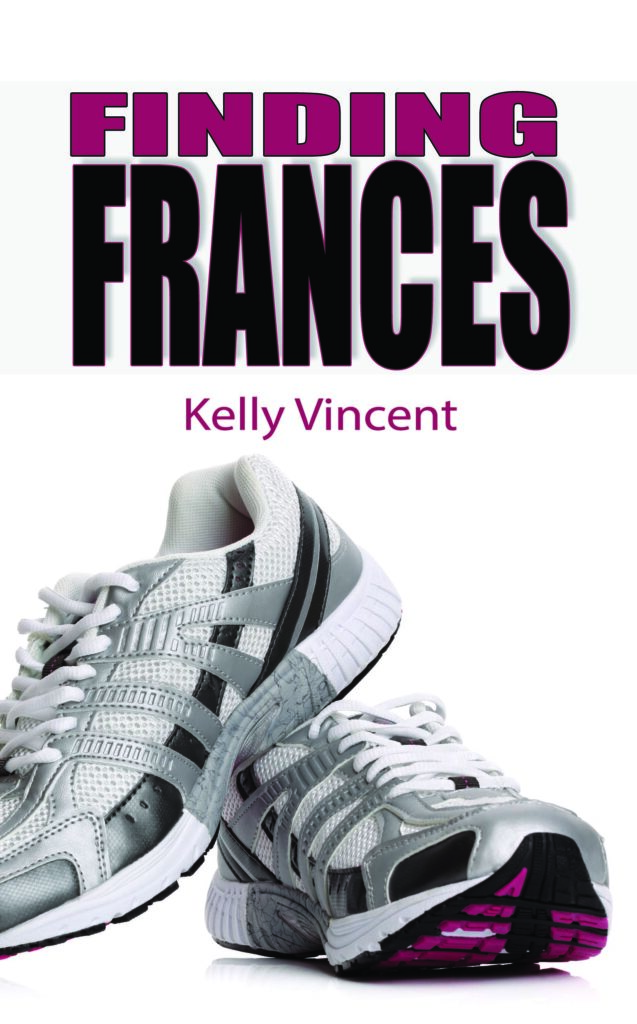
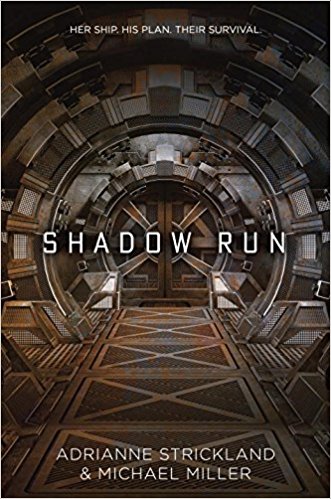
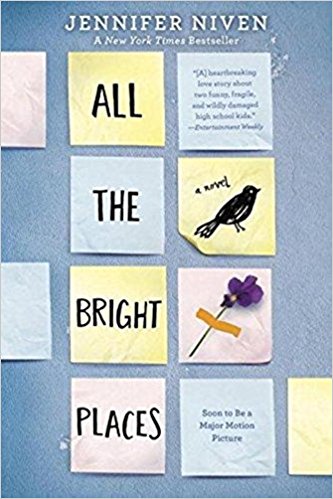 All the Bright Places sort of destroyed me for a day, it was so emotionally demanding. I mean, the story took me through the wringer and once I’d finished it, I couldn’t stop thinking about it and reliving the emotions I’d felt while reading it. I came to the book without being aware of the hype and the comparisons to Eleanor and Park and The Fault in Our Stars. Despite that, Eleanor and Park was exactly the book it made me think of, not because of the story, but because of the emotional depth and the journey it took me on.
All the Bright Places sort of destroyed me for a day, it was so emotionally demanding. I mean, the story took me through the wringer and once I’d finished it, I couldn’t stop thinking about it and reliving the emotions I’d felt while reading it. I came to the book without being aware of the hype and the comparisons to Eleanor and Park and The Fault in Our Stars. Despite that, Eleanor and Park was exactly the book it made me think of, not because of the story, but because of the emotional depth and the journey it took me on.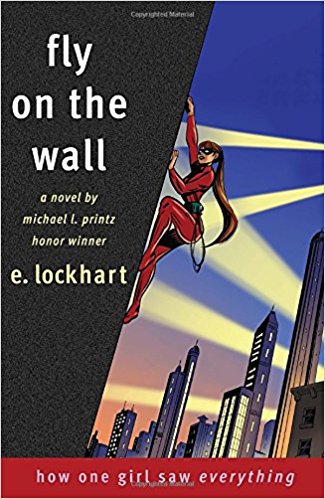 Have you ever wished to be a fly on the wall somewhere totally inaccessible to you? Gretchen Yee does, and, strangely and without explanation, she gets her wish.
Have you ever wished to be a fly on the wall somewhere totally inaccessible to you? Gretchen Yee does, and, strangely and without explanation, she gets her wish.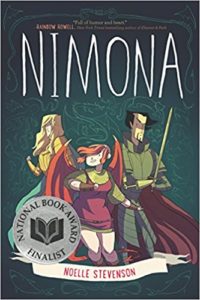 I don’t remember how I found out about this graphic novel, but I’m glad I did, because it was highly entertaining. Although art is generally a matter of personal preference, I liked it. The book features Nimona, a shapeshifter whose base form is that of a teenage girl, and Ballister Blackheart, the kingdom’s purported notorious villain. Blackheart has a vendetta against Ambrosius Goldenloin, who destroyed Blackheart’s right arm. These are the folks you see on the cover. The comic is set in a vaguely medieval world with advanced science. It’s clever and even subversive at times, all while managing to be hilarious.
I don’t remember how I found out about this graphic novel, but I’m glad I did, because it was highly entertaining. Although art is generally a matter of personal preference, I liked it. The book features Nimona, a shapeshifter whose base form is that of a teenage girl, and Ballister Blackheart, the kingdom’s purported notorious villain. Blackheart has a vendetta against Ambrosius Goldenloin, who destroyed Blackheart’s right arm. These are the folks you see on the cover. The comic is set in a vaguely medieval world with advanced science. It’s clever and even subversive at times, all while managing to be hilarious.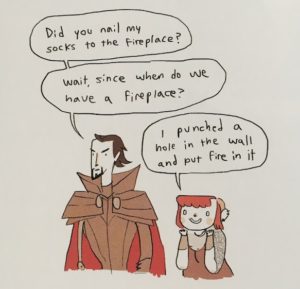
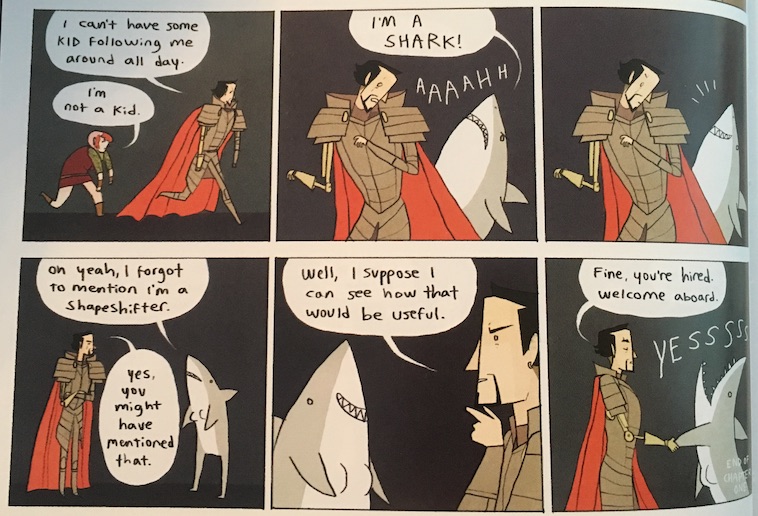
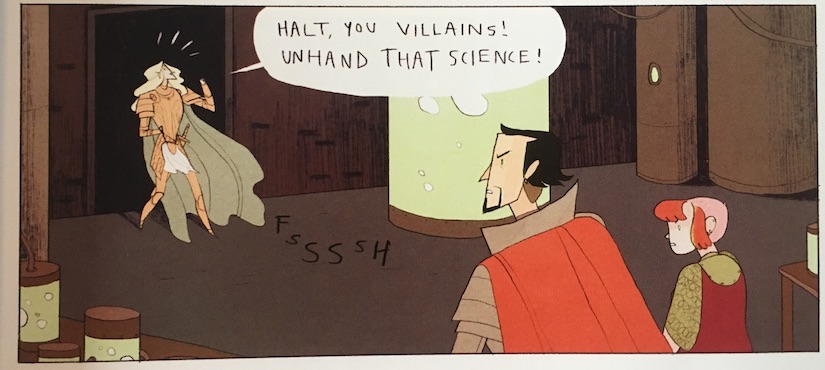
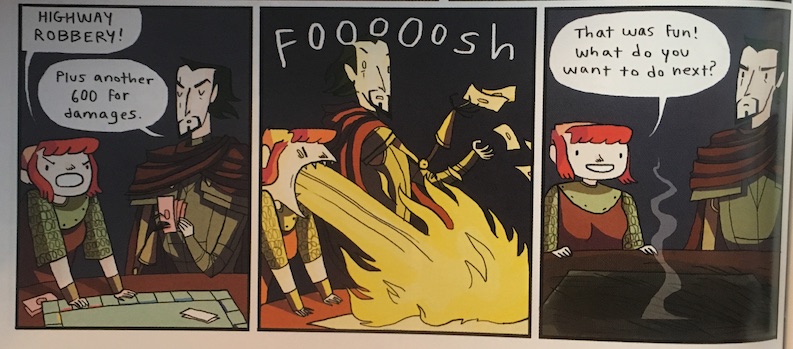
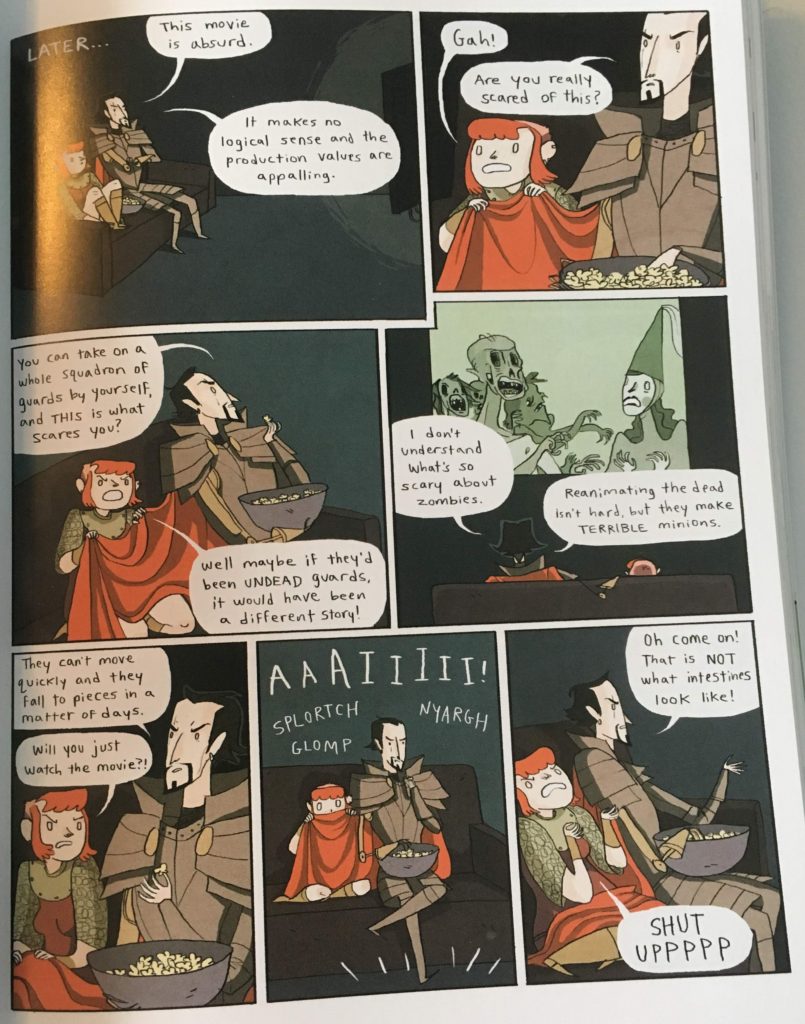
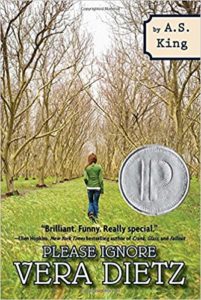 I listened to the audiobook version of A.S. King’s Ask the Passengers and a friend recommended another of her books, so when I was at Powell’s* when I was in Portland (Oregon) last weekend and spotted this book, I picked it up.
I listened to the audiobook version of A.S. King’s Ask the Passengers and a friend recommended another of her books, so when I was at Powell’s* when I was in Portland (Oregon) last weekend and spotted this book, I picked it up.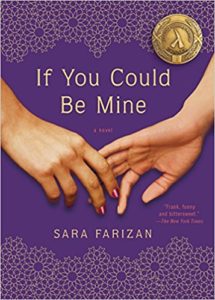 If You Could Be Mine is set in modern-day Iran, which is definitely a setting I’m not very familiar with, so I was excited to read it. It’s narrated by Sahar, a seventeen-year-old lesbian, which is not okay in Iran. In fact, it’s illegal and the penalty can be as dramatic as death. The immediate problem for Sahar is that she has been in love with her friend Nasrin for as long as she can remember, and Nasrin loves her back. Of course, they spend a lot of time alone and this allows them to make out uninterrupted, so everything is fine.
If You Could Be Mine is set in modern-day Iran, which is definitely a setting I’m not very familiar with, so I was excited to read it. It’s narrated by Sahar, a seventeen-year-old lesbian, which is not okay in Iran. In fact, it’s illegal and the penalty can be as dramatic as death. The immediate problem for Sahar is that she has been in love with her friend Nasrin for as long as she can remember, and Nasrin loves her back. Of course, they spend a lot of time alone and this allows them to make out uninterrupted, so everything is fine.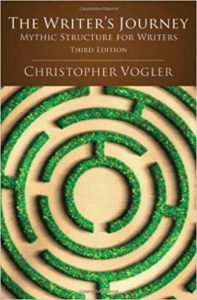 On Thursday I did a master class with Christopher Vogler, who interpreted Joseph Campbell’s anthropological studies of mythology and stories into a pseudo-formula for writers many years ago. It eventually came out as a book called The Writers Journey: Mythic Structure for Writers, which provides a solid structure framework called the Hero’s Journey, which writers can use to construct a satisfying story. There’s some controversy about the true universality of this story structure (some feminists claim it only applies to men’s stories, for instance). My opinion is that while it is not the only possible good story structure, it can be a useful guide for almost any story. But there are definitely other story structures out there. Regardless, his class was good—Vogler’s a good speaker and he’s very emotionally involved in stories and his work with them, which really draws in the audience.
On Thursday I did a master class with Christopher Vogler, who interpreted Joseph Campbell’s anthropological studies of mythology and stories into a pseudo-formula for writers many years ago. It eventually came out as a book called The Writers Journey: Mythic Structure for Writers, which provides a solid structure framework called the Hero’s Journey, which writers can use to construct a satisfying story. There’s some controversy about the true universality of this story structure (some feminists claim it only applies to men’s stories, for instance). My opinion is that while it is not the only possible good story structure, it can be a useful guide for almost any story. But there are definitely other story structures out there. Regardless, his class was good—Vogler’s a good speaker and he’s very emotionally involved in stories and his work with them, which really draws in the audience.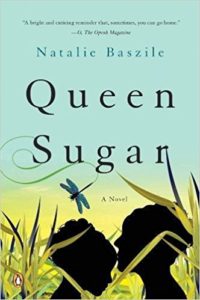 Thursday night, the keynote speaker was Natalie Baszile, author of Queen Sugar. I admit I hadn’t heard of this book, though I’ve bought it and intend to read it because it sounds good. Oprah even picked it up and made a TV show out of it, which is apparently quite good. I know a lot of people snootily look down on Oprah, but I think she generally has good taste in books. Anyway, Natalie’s talk was all about her journey to publication, which was… long. She peppered the speech with family stories, some of which were funny (the box of Louisiana delicacies that were shipped every year, only to arrive as a box of rotting meat) and some of which weren’t (her father growing up in Louisiana and experiencing the small-town embedded racism there).
Thursday night, the keynote speaker was Natalie Baszile, author of Queen Sugar. I admit I hadn’t heard of this book, though I’ve bought it and intend to read it because it sounds good. Oprah even picked it up and made a TV show out of it, which is apparently quite good. I know a lot of people snootily look down on Oprah, but I think she generally has good taste in books. Anyway, Natalie’s talk was all about her journey to publication, which was… long. She peppered the speech with family stories, some of which were funny (the box of Louisiana delicacies that were shipped every year, only to arrive as a box of rotting meat) and some of which weren’t (her father growing up in Louisiana and experiencing the small-town embedded racism there).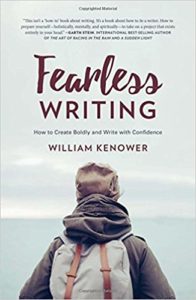 On Saturday, I went to several different sessions, mostly about craft. One was on hooks and how important they are, especially at the end of scenes and chapters. I went to a session about writing nonfiction for kids, something I’ve thought about dipping my toes into. I went to another session on writing diversity, which had a bunch of great tips. Sunday I went to a session called Fearless Marketing, with Bill Kenower,
On Saturday, I went to several different sessions, mostly about craft. One was on hooks and how important they are, especially at the end of scenes and chapters. I went to a session about writing nonfiction for kids, something I’ve thought about dipping my toes into. I went to another session on writing diversity, which had a bunch of great tips. Sunday I went to a session called Fearless Marketing, with Bill Kenower,